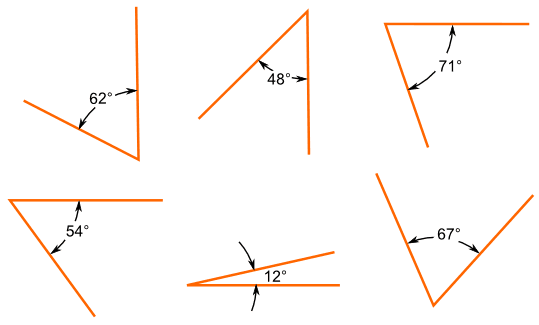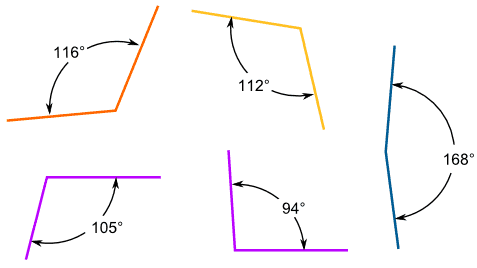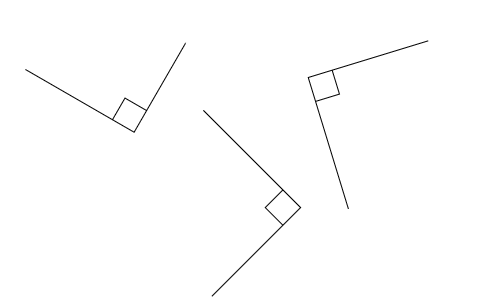As a review we know that an angle is a set
of points that is the union of two rays having the same end points.
The common endpoint of the rays is called as vertex of the ray or vertex of the angle From the figure above common endpoint of the rays AB and BC is point B, so the vertex of the angle is B, VERTEX B. The two rays forming the angle (rays AB and BC) are also called the sides of the angle. Then the amount through which one ray must be rotated around the vertex to bring it to the position of the other ray is called the magnitude of an angle.
In
broad sense the classification can be -Interior and Exterior angles. As the
name suggests the interior parts that lie inside the angle are called interior
angles and the part or the point that lies outside the angle is called exterior
angle. Further on, there are different types of angle like - acute angle,
obtuse angle, straight angle, right angle, complementary angle, supplementary
angle and reflex angle etc. You'll also become familiar with the basics of the
linear pairs of angles.
Acute angle
It is an angle, which measures more than 0 degree but less
than 90 degrees. An acute angle is always lesser than right angle and straight
angle.
 |
| Acute Angle |
Obtuse angle
It is an angle, which measures more than 90 degree but
less than 180 degrees. Therefore, an obtuse angle is always greater than a
right angle but less than a straight angle.
Some examples of obtuse angle
 |
| Obtuse Angle |
Right angle
It is an angle, which measures exactly 90 degrees i.e.
exactly the half of a straight angle. It is the most common form of an angle;
the best examples for a right angle can be the edges of the rectangular picture
frames. A straight angle is formed when two rays starting from the same initial
point travels and settles in a exact opposite direction. The measurement of a
straight angle is 180 degree. You can say that a straight angle is more like
half a circle.
 |
| Right Angle |








0 (mga) puna:
Post a Comment